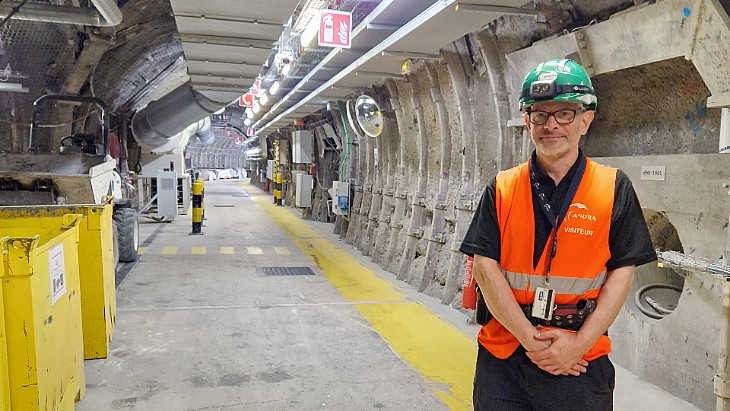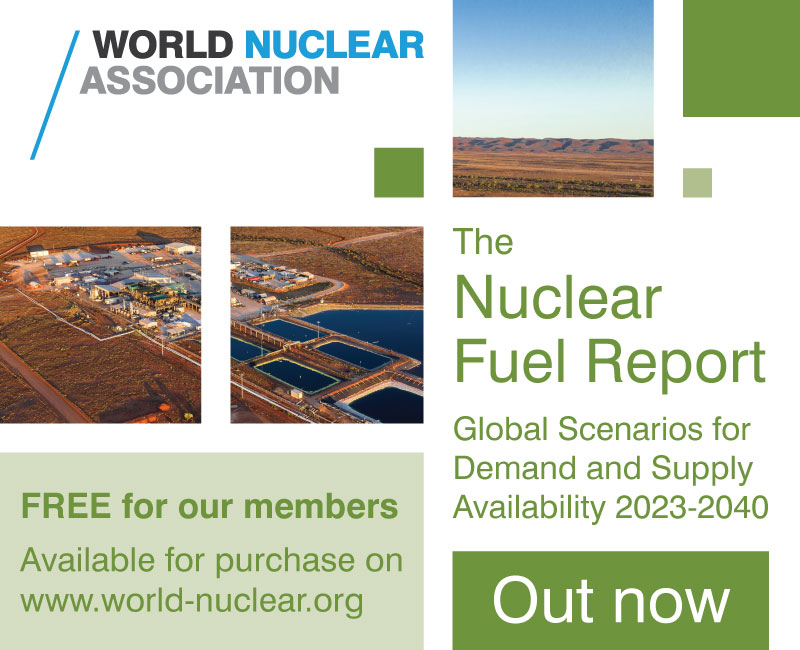US regulators discuss smaller SMR emergency zones
.jpg)
The NRC is working on a safety evaluation of a 2016 Early Site Permit application from the TVA for the potential use of a site at Clinch River for two or more SMR modules of up to 800 MWe. This is the first SMR-related application of any type to be received by the NRC.
Scott Burnell, public affairs officer at the NRC, told World Nuclear News that no reduced emergency planning zones have been approved. "The Clinch River application cannot define any reduced EPZ, since it lacks reference to a specific design," he said. "Evidence to justify a smaller EPZ has yet to be submitted and reviewed, so it is premature to say any conclusions have been reached regarding any SMR design having met the conditions for a reduced EPZ. No exemptions have been granted, since the Clinch River ESP review is still under way," he added.
The US Nuclear Energy Institute (NEI) said a decision to reduce the EPZ would be a "potential regulatory breakthrough" that could accelerate future deployment of SMRs and advanced reactors. Such recognition of the enhanced safety features of small and advanced reactors could "greatly simplify the licensing of these technologies and increase their cost competitiveness", it said.
TVA’s application uses information from four SMR designs - BWXT’s mPower, Holtec International’s SMR-160, NuScale Power’s SMR, and Westinghouse’s SMR - to provide the technical basis for a requested exemption to the ten-mile EPZ requirement currently in use. The most detailed information was provided on the NuScale SMR, for which a design certification application was submitted to the NRC in January 2017. According to the application, the enhanced safety characteristics of those designs, such as smaller reactor cores, simpler systems, and built-in passive safety features, mean that off-site emergency planning requirements and plans can be scaled down to be proportionate with those reduced risks.
NRC staff found TVA’s proposed dose-based, consequence-oriented methodology to be a "reasonable technical basis" for determining EPZ size, consistent with the basis used to determine that for large light water reactors, NEI said.
NEI Technical Advisor for Nuclear Generation David Young said current emergency planning requirements would impose an unnecessary regulatory burden on applicants and licensees, which would diminish the cost competitiveness of advanced reactors and hinder their development.


_58601.jpg)










